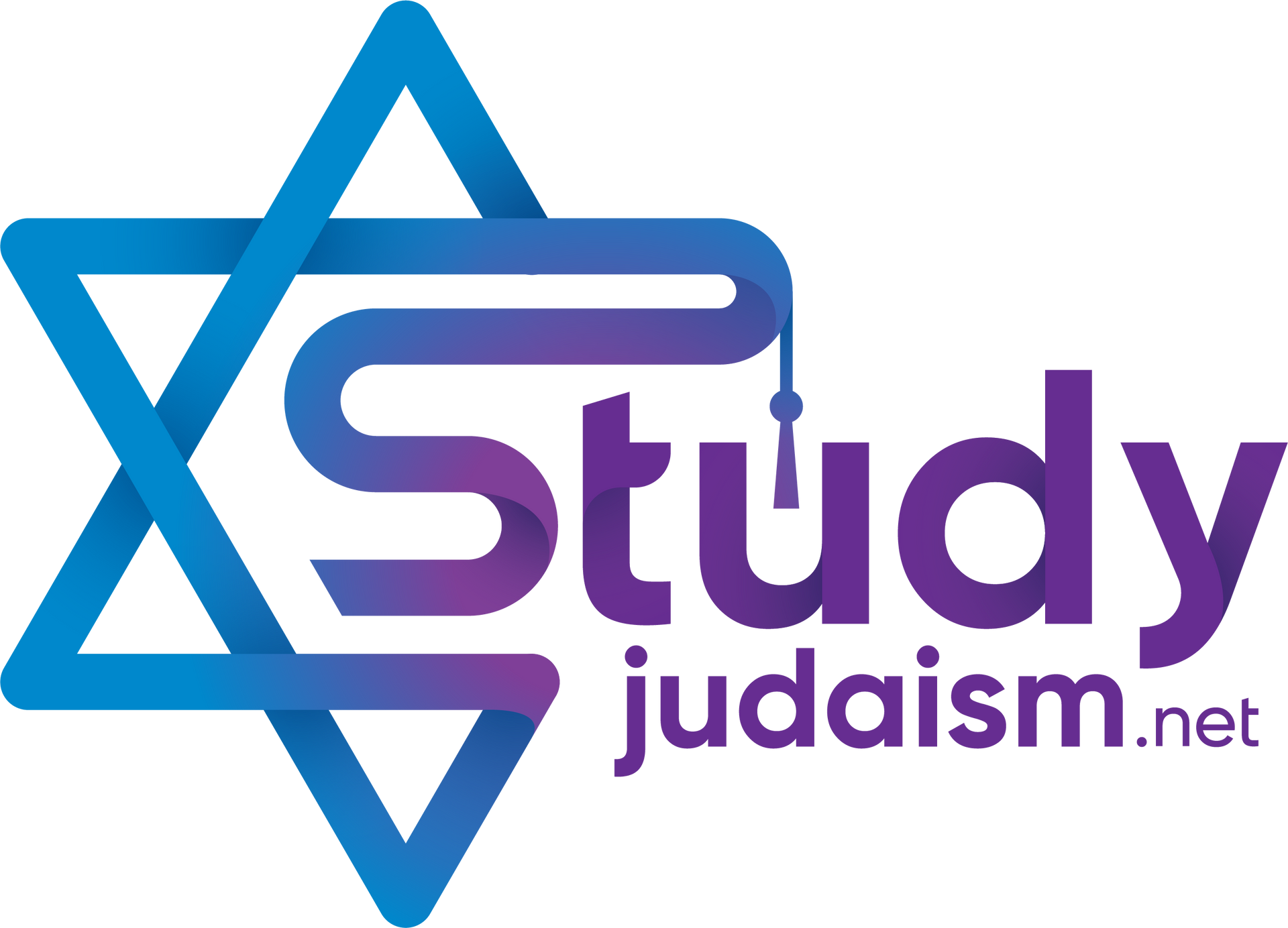
Written and Oral Tradition
The Torah has two parts: The "Torah Shebichtav" - written l aw, which is composed of the twenty - four books of the Bible , and the "Torah Sheba'al Peh" - oral l aw which is the Talmud
Written Tradition
As the name says, these are the 24 books of the Bible or Old Testament. It consists of three parts:
- Torah or the Five Books of Moses Genesis, Exodus, Leviticus, Numbers and Deuteronomy
- Prophets. The first part tells the story of the Children of Israel’s conquest of the Promised Land under Joshua. The period of the Judges and then King David, King Solomon and the rest of the kings until the destruction of the temple in 586 BCE. It also includes the books of Is a iah, Jeremiah and Ezekiel and the 12 minor prophets. They are the revelations warning the People of Israel to follow G-ds laws or be punished
- Writings. Includes book of Psalms, Proverbs, Job, story of Esther, Ruth, Song of Songs Ecclesiastes and Lamentations and finally the books of Daniel, Ezra and Nehemia and Chronicles which tell of the Babylonian exile and the return of the Israelites building the 2nd Temple
However, the Written Torah required oral explanations to ensure nobody would misinterpret what was written.
According to Orthodox Judaism, the Oral Law w as transmitted orally from God to Moses on Mount Sinai, and included fine detail of the laws and statutes, that were not recorded in the written Torah.
This Oral Law was finally written down after the destruction of the 2nd Temple as the Rabbis wanted to preserve the learning which they thought may disappear in the exile from Israel.
According to Reform Judaism the Oral Law is interpretations written by the Rabbis in the centuries after the destruction of the Temple in Jerusalem in 70 CE which hold no more authority than other opinions of Jewish sages and leaders throughout the centuries to modern times.
According to Masorti or Conservative Judaism the Oral Law has authority as law but are flexible guidelines written by the Rabbis. The Oral Law is The Talmud (Study) which has 2 parts:
- The Mishnah (Study by repetition) compiled during 200 - 220 CE by Rabbi Yehuda haNasi. It is made up of 63 tractates in 6 parts which elaborate on the laws in the Torah.
- The Gemara (Aramaic for Study) , compiled in Babylon and Palestine between the years 350 to 500 Ce. It is a series of running commentaries and debates by the Rabbis to further explain and clarify the Mishnah.
"A little bit of light dispels a lot of darkness"
-Rabbi Shneur Zalman of Liadi
All Rights Reserved | Converting to Judaism
